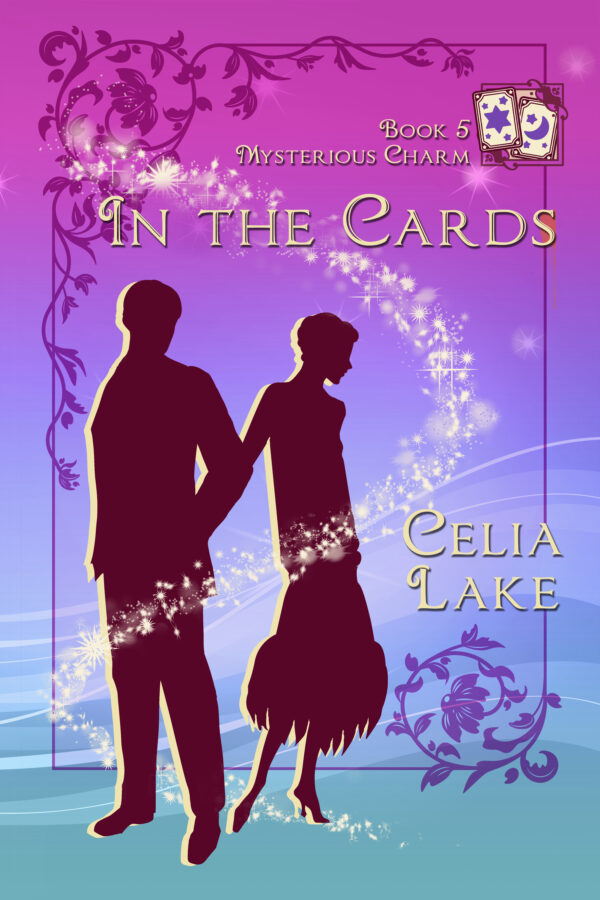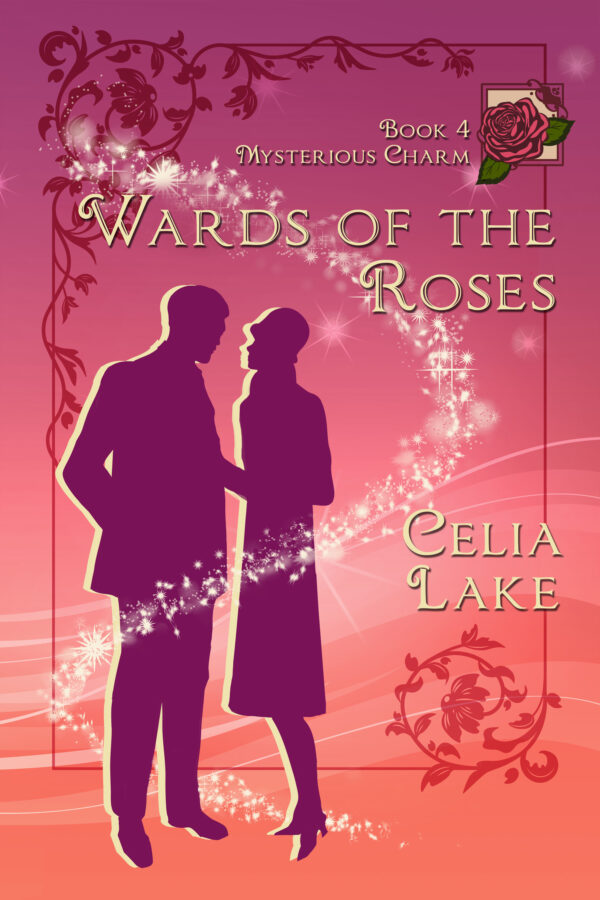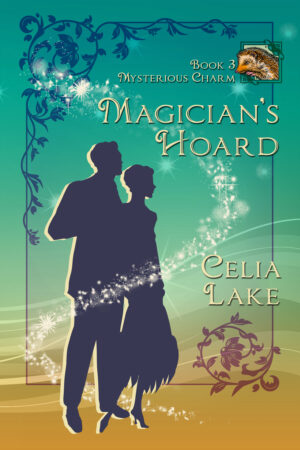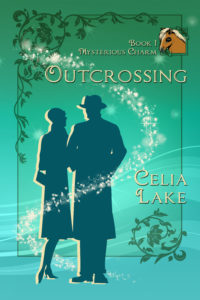It’s the end of the calendar year, and that feels like a great time to recommend a few books I enjoyed this year, in the hopes that you might like some of them too.
As a librarian, I always feel sort of weird about recommending books without a conversation about what someone’s looking for. What I like might be quite different than what you like, for all sorts of great reasons. On the other hand, sharing things I enjoyed is fun.
So please take this in the spirit of ‘you might find these interesting’ and if you don’t, that’s fine! Read what makes you happy.
A note: The Amazon links are affiliate links (if you buy through them, I’ll get a small referral fee). I’ve also linked to GoodReads, for those who prefer other sources.
K.J. Charles
I am such a fan. These are books about people being good to each other (if sometimes in rather unexpected ways), and thoroughly rooted in the times and places they take place.
(Check out her website for much more, also interesting blog posts, and some free stories.)
New reads this year included:
- Any Old Diamonds (Amazon, Goodreads)
- Proper English (Amazon, Goodreads)
- Henchmen of Zenda (Amazon, Goodreads)
- The Rat-catcher’s Daughter (Amazon, Goodreads)
- Gilded Cage (Amazon, Goodreads)
(I also reread An Unseen Attraction, An Unnatural Vice, and An Unsuitable Heir, as well as Think of England and Band Sinister. They’re very much comfort rereads for me.)
My favourites are probably the Think of England/Proper English duology, but it’s a hard choice.
Romances
Hither Page by Cat Sebastian
(Amazon, Goodreads)
I was hooked on this one as soon as I saw the comment of it being an Agatha Christie mystery with a m/m romance. It’s utterly delightful, both parties are dealing with their past history, the eddies of village life are delightfully detailed. Good fun.
Once Ghosted, Twice Shy by Alyssa Cole
(Amazon, Goodreads)
I love the Reluctant Royal series for great characters, intriguing situations, and the fact that people do (eventually) deal with things like adults with a thought about the long-term. This f/f novella is a second-chance romance with a secondary character from the first book.
Mrs. Martin’s Incomparable Adventure by Courtney Milan
(Amazon, Goodreads)
A f/f novella in the Worth Saga – I have not caught up on those, and this was a fun read even without that background. Courtney Milan has a great knack for character, for making complex plots flow well, and for anchoring the story so you can roll around and enjoy it.
The Burning Cove series by Amanda Quick and Jayne Krentz
- The Girl Who Knew Too Much (Amazon, Goodreads)
- The Other Lady Vanishes (Amazon, Goodreads)
- Tightrope (Amazon, Goodreads)
Three books are out now, with a fourth to come in 2020 (Quick and Krentz are the same person, she uses her pen names to differentiate series.)
Loosely tied into some of the Arcane Society books, these can be read independently, and also independently of each other (characters from other books in the series will turn up, but there’s plenty of explanation of them in context.)
I love these books for the tight focus on place, and a grand sense of the time (a resort town in 1930s California, to be specific). There’s a bit of everything here – murder, mystery, espionage, a touch of magic (stage and otherwise), and of course romance (m/f in this case) with competent stubborn heroines.
Other
The Underwater Ballroom Society
edited by Stephanie Burgis and Tiffany Trent
(Amazon, Goodreads)
An anthology where all the stories feature an underwater ballroom of some kind. I picked it up because I’ve been enjoying the magic and society of some of the other Stephanie Burgis books, but I enjoyed every story in this collection in some way. Some are more romance, some more fantasy, or science-fiction, but it’s a great theme.
Grave Importance by Vivian Shaw
(Amazon, Goodreads)
Third, and apparently last in a series about Greta Helsing, doctor to monsters. I’ve really loved the worldbuilding in this series, from the various patients Greta sees, to the implications of society for the undead and very long-lived. This book starts with Greta taking over temporarily as head of a very posh spa for mummies in the south of France.
There are romances in the series (more than one of them!) but while there are happy endings, the books make more sense to me if I read them with my fantasy-reader hat on rather than my romance-reader hat.
Laughter at the Academy by Seanan McGuire
(Amazon, Goodreads)
A collection of Seanan’s short stories, some of which I’d read in other sources, and some of which new to me. One of the things I love about her work is the range – and there’s a little bit of everything here, from fantasy to horror (mostly the medical side) to her deep love for folklore and ghosts.
The Satapar Moonstone by Sujata Massey
(Amazon, Goodreads)
I’ve been trying to broaden my reading of other people writing about the 1920s, and I love the Perveen Mistry books (currently two are out, this is the second). These are mysteries, with occasionally romantic elements.
The main character is a lawyer who read law in England, and returned to India. At the start of the series, Perveen is Bombay’s only female lawyer, and extremely well positioned to assist with cases that involve women, especially those who (for various religious and social reasons) do not interact with unknown men.
A fascinating immersion in the time period and places, and a host of interesting characters.
(Content note: the first book includes domestic violence and abuse in the context of Perveen’s marriage.)
Ninth House by Leigh Bardugo
(Amazon, Goodreads)
A book I love for the depth of magical theory worldbuilding inherent in the system. (As it were.)
Alex Stern is the survivor of a multiple homicide. Recruited to come to Yale due to her particular gifts, she is thrown into a life she has to figure out – and fast. Apprenticed to learn the skills needed to keep Yale’s other secret societies magically in line, the book is told in a series of current and flashback stories, as she tries to get her footing.
Content note: This is a very dark book, and lots of awful things happen – murder, abuse, manipulation, degradation, humiliation, and rather a lot of revenge. However, it’s also a book about what we do with power, what we do when other people have power and we don’t (or don’t have power they’re paying attention to, anyway…) If you’d like a more specific breakdown, a number of the Goodreads reviews have details on the content warnings.
Best wishes for 2020
I hope you have lots of time for great reading in 2020, whatever it is you choose to read (and I’ll have more books coming out then too!)





